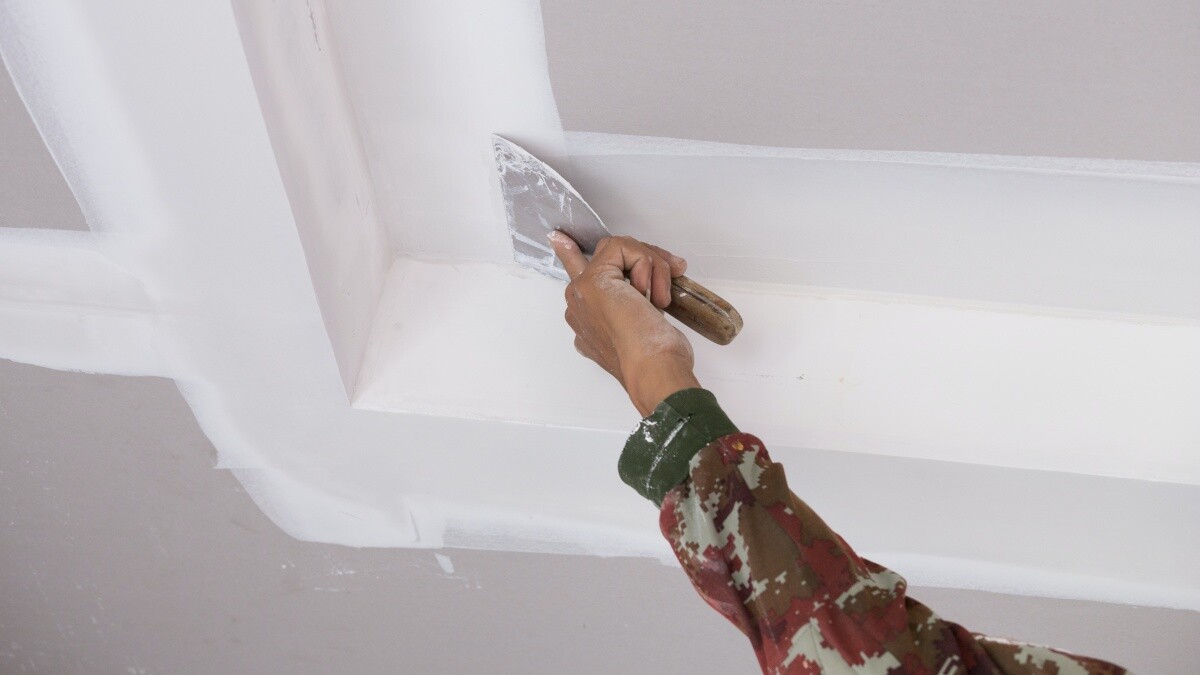Exterior Plastering: Shield and Improve Your Residential Or Commercial Property with Know-how
Exterior Plastering: Shield and Improve Your Residential Or Commercial Property with Know-how
Blog Article
Key Tips and Tools for Effective Plastering in your house Enhancement Undertakings
Attaining a flawless plaster surface in your home renovation jobs needs a mix of the right tools and proven techniques. Necessary carries out such as the hawk and trowel are important for efficient application, while correct surface area prep work lays the foundation for success. Moreover, recognizing the nuances of blending plaster and using it in slim layers can significantly affect the final result. As we check out these fundamental elements, it ends up being evident that staying clear of common pitfalls can elevate your plastering skills-- ensuring your next project not only meets however goes beyond assumptions.
Important Plastering Devices
A plasterer's toolkit is essential to attaining a sturdy and smooth surface on ceilings and walls. The crucial devices incorporate a variety of executes made to assist in the gluing process efficiently and efficiently. Key components consist of a hawk, which is a flat, square device utilized to hold the plaster while using it to surface areas. This device permits very easy transport and application of the material.

Additionally, a blending bucket is necessary for preparing plaster, ensuring the best uniformity prior to application (Plastering). Together, these essential plastering tools make it possible for both specialists and DIY fanatics to achieve top notch results in their plastering tasks.
Surface Area Prep Work Techniques
Effectively preparing the surface prior to smudging is essential for guaranteeing adhesion and attaining a remarkable surface. The very first step includes cleaning up the surface area to eliminate any type of dirt, oil, or old paint that might hinder the plaster's capacity to bond efficiently. A complete laundry with a suitable cleaning service is advised, adhered to by rinsing and permitting the surface area to dry totally.
Following, analyze the surface for any type of cracks or imperfections. These must be loaded with a suitable filler substance and enabled to treat according to the producer's directions. For permeable surface areas, applying a primer is necessary to boost and create an uniform texture bond.
In addition, it is essential to make sure that the surface is secure and structurally sound. Any loose products, such as flaking paint or damaged drywall, ought to be repaired or eliminated. If dealing with masonry surface areas, take into consideration making use of a scrape layer to boost hold.
Combining Plaster Like a Pro

Utilizing a clean mixing container, pour the water first, after that slowly include the plaster powder while mixing continually. This technique aids to protect against clumping and makes sure an even distribution of materials.
As soon as blended, enable the plaster to rest for a few mins to enable the gypsum crystals to moisturize completely. This relaxing duration improves workability and decreases the danger of breaking during application. By complying with these steps, you can mix plaster like a pro, establishing the structure for an effective gluing project in your house renovation undertakings.
Application Methods for Smooth Finishes
With the plaster mixture prepared to the suitable uniformity, the following step entails picking proper application techniques to accomplish a smooth finish. This tool permits for a penalty, also distribution of plaster across the surface while decreasing trowel marks.
Begin by applying a generous quantity of plaster to the surface using the trowel, ensuring it sticks well. Utilize a methodical method, working from the bottom higher. Once the initial layer is used, utilize a sweeping movement to smooth the surface area, using also This Site pressure. In locations that call for more thorough focus, consider using a float, which can help get rid of any kind of blemishes and create a consistent structure.
For the last touches, a wet sponge can be utilized to fine-tune the surface area additionally. Lightly mist the plaster with water and delicately massage the surface area to accomplish a polished result. Constantly keep in mind to operate in little sections to keep control over the application procedure, making sure a smooth, expert coating throughout your plastering project.
Typical Blunders to Avoid
When getting started on a smudging project, staying clear of typical errors is important for achieving a flawless coating. One of one of the most common errors is neglecting surface prep work. Stopping working to tidy and repair the substratum can cause poor bond and unequal surfaces. Ensure that all dust, oil, and loosened materials are removed before applying plaster.
One more common blunder is using plaster also heavily. Thick layers can crack as they dry, compromising the honesty of the surface. Rather, select several slim layers, enabling each layer to dry totally before applying the following.
Furthermore, bad blending strategies can result in irregular texture and workability. Constantly follow the manufacturer's guidelines for blending proportions and completely blend the plaster to accomplish an uniform consistency.

Timing additionally plays a crucial role; plaster should be applied while the substratum is wet to improve adhesion. High-quality trowels and floats can make a considerable distinction in achieving a smooth finish.
Conclusion
Efficient smudging needs a comprehensive understanding of crucial devices and methods. Mastery of these aspects not just adds to the visual allure of an area but likewise ensures sturdiness and long life Check This Out in smudging jobs, making them integral to effective home enhancement undertakings.
A float is an additional essential tool, which helps in leveling the plaster and attaining a consistent surface area.
By complying with these actions, you can blend plaster like a professional, setting the foundation for a successful plastering project in your home improvement undertakings.
Lightly mist the plaster with water and gently massage the surface area to accomplish a refined effect.
Report this page